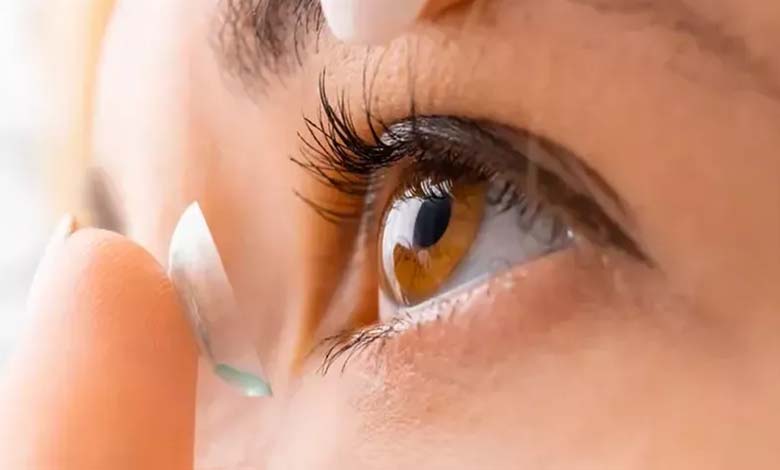Developing Contact Lenses That Give Humans Night Vision

Humans have long dreamed of transcending their sensory limitations. The idea of seeing in the dark, like certain nocturnal animals, was once the realm of science fiction. Today, thanks to breakthroughs in nanotechnology, photonics, and biomedical engineering, that dream is inching closer to reality. Scientists around the world are developing contact lenses that grant night vision, potentially revolutionizing human sight. This article explores the emerging technology behind these lenses, their possible applications, and the scientific and ethical challenges they pose.
-
They Must Be Removed: Contact Lenses—A Hidden Danger in the Shower
-
Irritation and Infections: How Makeup and Contact Lenses Affect Your Eyes
1. Natural vs technological night vision
a. Night vision in animals
Nocturnal animals like cats, owls, and snakes have specialized retinal cells (rods) highly sensitive to light. Others possess reflective membranes (tapetum lucidum) that enhance night vision by bouncing light within the eye.
b. Artificial night vision
Current night vision tools—like goggles and thermal cameras—rely on:
- light amplification (image intensification);
- thermal imaging (detecting heat radiation).
However, these systems are bulky, power-dependent, and limit user mobility.
-
Study Reveals the True Impact of Contact Lenses on Children’s Vision
-
Eye Infections Due to Contact Lenses: A Magical Treatment from Trees
2. The breakthrough: night vision contact lenses
Researchers in South Korea and the U.S. have engineered graphene-based nanolayers capable of detecting near-infrared (NIR) radiation. By embedding them in soft contact lenses, they enable vision in low-light or completely dark environments.
How it works:
- Graphene sensors detect infrared waves.
- A microchip converts the signal into visible images projected onto the retina.
- Power is supplied via micro-batteries or body heat.
-
High Cholesterol Symptoms May Appear in Just One Eye
-
The World on the Verge of Developing a Sighted Artificial Eye
3. Potential applications
Medical field
- These lenses could greatly assist visually impaired individuals, helping them detect obstacles at night or in dim environments. Surgeons may also use them in low-light operations or to identify thermal patterns that signal inflammation or infection.
Military and security
- In combat or surveillance, these lenses offer discrete night vision without cumbersome headgear. Soldiers could spot hidden enemies using thermal imaging and operate more effectively during nighttime missions.
Research and exploration
- Archaeologists and rescuers could explore dark, confined spaces such as caves or collapsed buildings more safely. Wildlife researchers may observe nocturnal species without disturbing natural behavior.
Civilian uses
- For the average person, these lenses could enhance night driving, offer home security, or elevate outdoor adventures like camping or hiking in low-light conditions.
-
Iraq: Criminalization of Eye Color Change Procedures in Beauty Centers
-
Health Effects of lack of light on our health
4. Scientific and technological challenges
Despite promising advances, several hurdles remain:
- Biocompatibility: materials must be harmless to eye tissue;
- Miniaturization: fitting electronics into a lens without discomfort;
- Energy autonomy: ensuring function without external power;
- Information display: projecting data without obstructing natural vision.
5. Ethical and regulatory implications
Enhancing human senses leads to critical ethical questions. Who gets access to this technology—and at what cost? Could it be misused for covert surveillance? Would it further military human enhancement?
Authorities will also need to certify these lenses as medical devices, ensuring they meet safety and performance standards. Public trust in their safe and fair usage must be established from the start.
-
A Simple Trick to Protect Your Eyes from Screen Fatigue
-
One Cause is Dehydration… Reasons Behind Dark Circles Around the Eyes
Medical authorities will also need to approve these devices for human use, ensuring long-term safety and compliance.
Night vision contact lenses are no longer a futuristic fantasy. Though still in development, they promise to reshape how we perceive darkness. As this innovation progresses, it invites a broader reflection on human enhancement, scientific responsibility, and the balance between progress and ethics. We may soon see the dawn of a new era in sensory augmentation.












